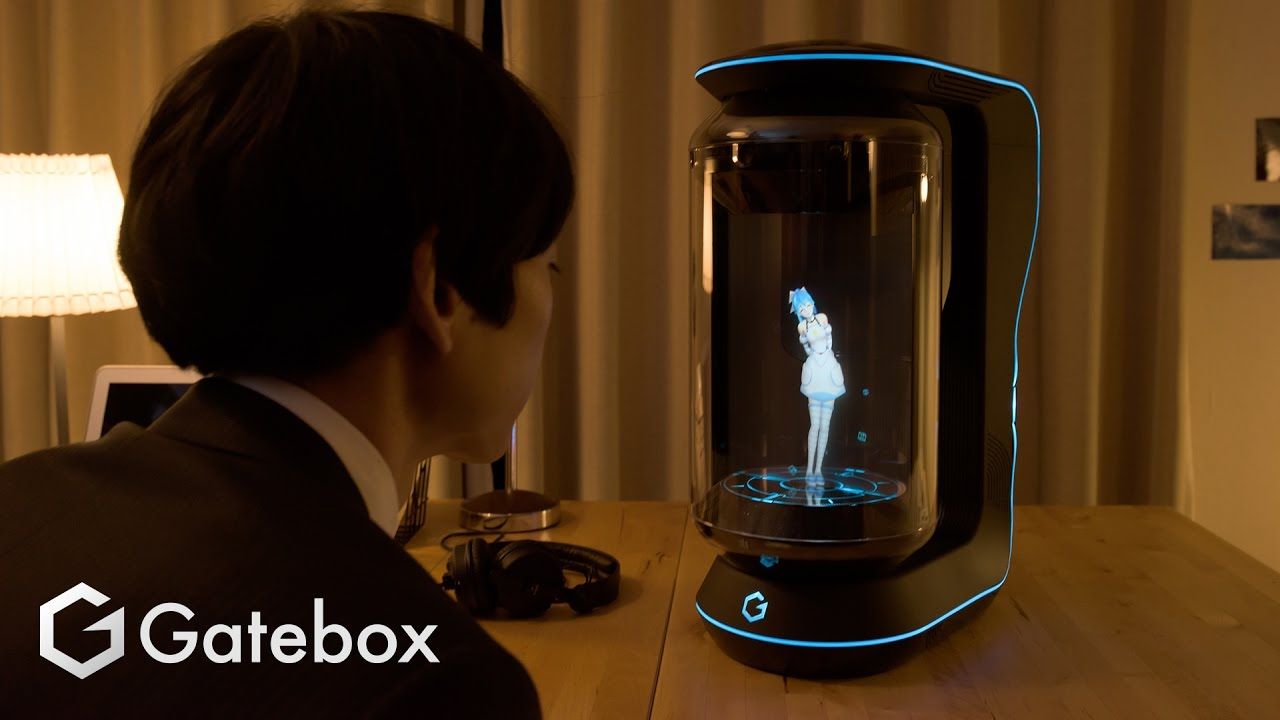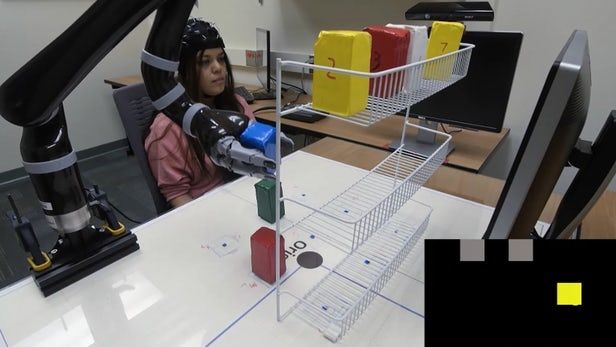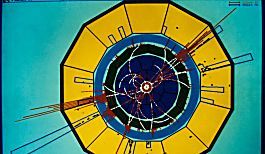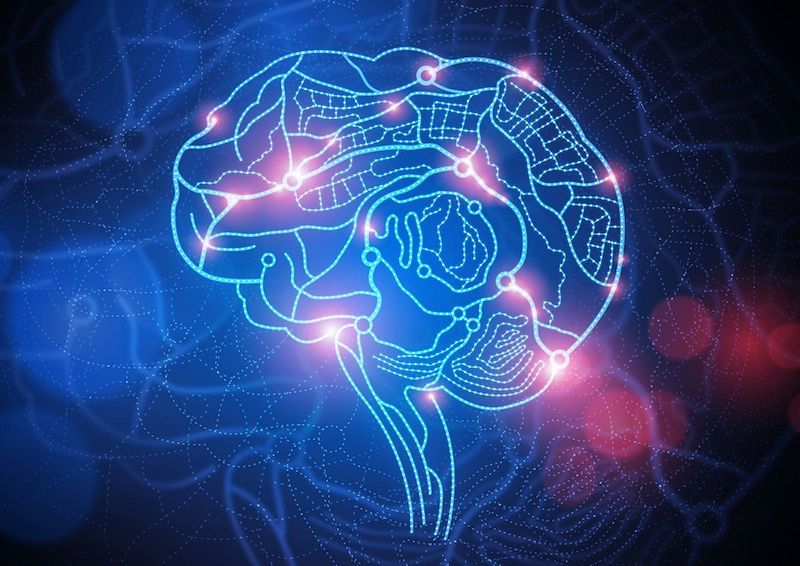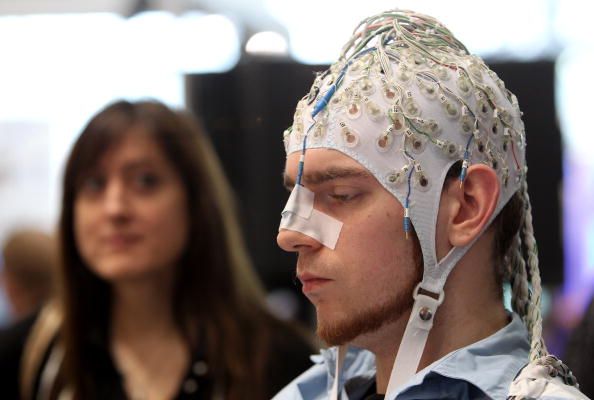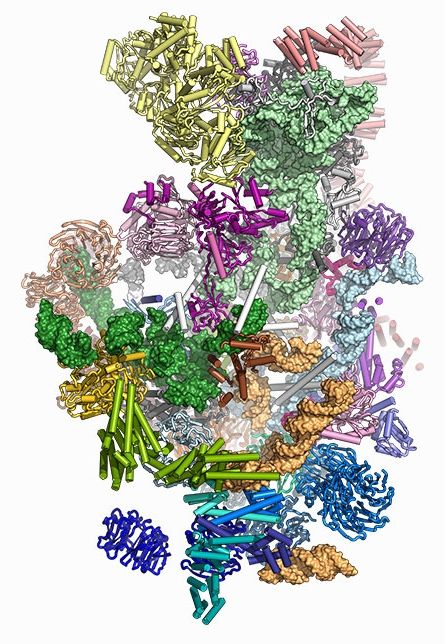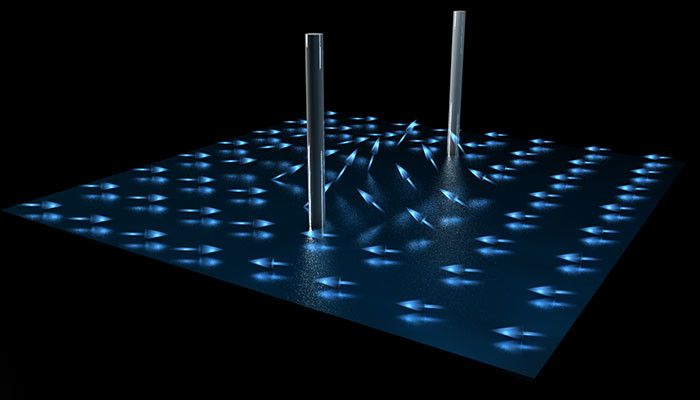The reason I have been motivated to do this is simple. If we don’t get a ban in place, there will be an arms race. And the end point of this race will look much like the dystopian future painted by Hollywood movies like The Terminator.
Even before this end point, such weapons will likely fall into the hands of terrorists and rogue nations. These people will have no qualms about removing any safeguards. Or using them against us.
And it won’t simply be robots fighting robots. Conflicts today are asymmetric. It will mostly be robots against humans. So unlike what some robot experts might claim, many of those humans will be innocent civilians.


